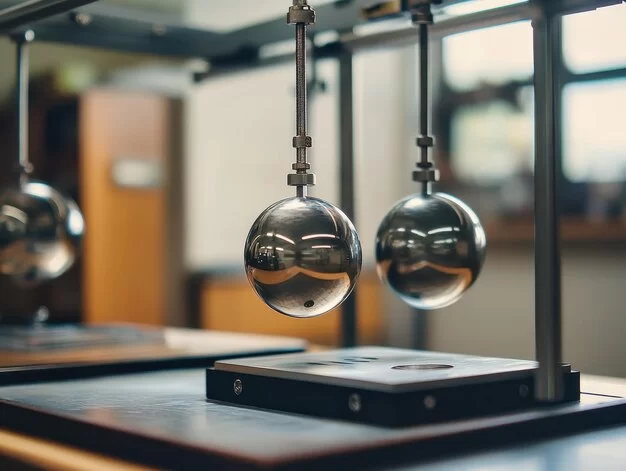
- 1-The-Concept-of-Using-Bouncing-to-Teach-Physics
- 2-Key-Physics-Principles-Demonstrated-through-Bouncing
- 3-Practical-Classroom-Applications-and-Examples
- 4-Real-Stories-of-Successful-Physics-Learning
- 5-Tips-for-Integrating-Bouncing-into-Physics-Lessons
1. The Concept of Using Bouncing to Teach Physics
Using bouncing to teach physics principles offers an innovative, hands-on approach to science education. This method leverages physical movement and the natural curiosity it sparks to explain complex concepts like energy, force, and motion in a tangible way.
By incorporating trampolines or bounce activities into lessons, educators make abstract physics ideas accessible and memorable for students of all ages.
1.1 Benefits of Active Learning in Physics
Active learning through bouncing helps engage multiple senses and reinforces understanding by connecting theory with real-world experience. This kinesthetic approach supports better retention and enthusiasm for science subjects.
2. Key Physics Principles Demonstrated through Bouncing
Bouncing vividly illustrates essential physics concepts including:
2.1 Conservation of Energy
When a person bounces on a trampoline, potential energy converts into kinetic energy and back again, demonstrating energy transformation and conservation.
2.2 Newton’s Laws of Motion
The forces exerted on the trampoline surface and the resulting acceleration reflect Newton’s third law — for every action, there is an equal and opposite reaction.
2.3 Elasticity and Force
The trampoline’s springs and fabric provide a practical example of elastic potential energy and how materials respond to force.
3. Practical Classroom Applications and Examples
Teachers can create bounce-based experiments to measure jump heights, calculate velocities, or explore impulse and momentum. Using motion sensors or video analysis enhances the scientific rigor and encourages data-driven learning.
In physical education settings, bounce activities promote both fitness and scientific inquiry, creating interdisciplinary lessons.
3.1 Using Technology and Tools
Combining bouncing with digital apps or sensors from resources like Trampoline Zone can transform lessons into interactive scientific investigations.
4. Real Stories of Successful Physics Learning
One physics teacher shared how integrating trampolining into her curriculum helped students who previously struggled with textbook learning suddenly grasp key concepts through movement and observation.
Students reported increased confidence and interest in physics, attributing their improved understanding to the hands-on, bouncing lessons.
4.1 Empowering Students Through Experience
This story highlights the power of experiential learning, turning challenging subjects into enjoyable adventures that foster deeper comprehension.
5. Tips for Integrating Bouncing into Physics Lessons
Start with simple demonstrations and gradually introduce measurement and analysis. Ensure safety by following guidelines and using proper equipment, such as those available from Trampoline Zone.
Encourage student participation and curiosity by framing bouncing activities as scientific exploration rather than just play.
Using bouncing to teach physics principles is a promising way to inspire students and enliven science education.



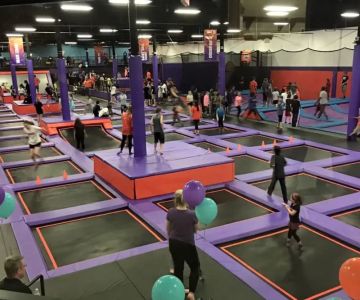
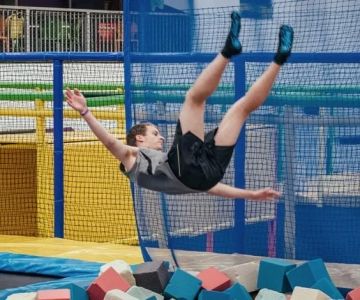


 DICK'S Sporting Goods4.0 (729 reviews)
DICK'S Sporting Goods4.0 (729 reviews) Pump It Up Murrieta Kids Birthdays and More4.0 (440 reviews)
Pump It Up Murrieta Kids Birthdays and More4.0 (440 reviews)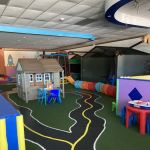 RLFunzone4.0 (167 reviews)
RLFunzone4.0 (167 reviews) Captain Holstein’s FEC4.0 (33 reviews)
Captain Holstein’s FEC4.0 (33 reviews) Big Air Trampoline Park - University City Blvd4.0 (1458 reviews)
Big Air Trampoline Park - University City Blvd4.0 (1458 reviews) DICK'S Sporting Goods3.0 (412 reviews)
DICK'S Sporting Goods3.0 (412 reviews) Are Trampoline Parks Safe for Kids? Essential Guide for U.S. Parents
Are Trampoline Parks Safe for Kids? Essential Guide for U.S. Parents How Often Should You Replace Trampoline Springs? Tips for Proper Maintenance
How Often Should You Replace Trampoline Springs? Tips for Proper Maintenance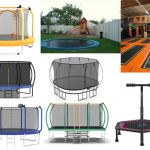 How Much Is a Trampoline? A Detailed Guide to Trampoline Costs and Buying Tips
How Much Is a Trampoline? A Detailed Guide to Trampoline Costs and Buying Tips Bounce Techniques for Stronger Legs: Effective Exercises and Tips
Bounce Techniques for Stronger Legs: Effective Exercises and Tips Essential Music Gear for Trampoline Dance: Complete Guide
Essential Music Gear for Trampoline Dance: Complete Guide Fun STEM Experiments Using Trampolines to Spark Curiosity and Learning
Fun STEM Experiments Using Trampolines to Spark Curiosity and Learning